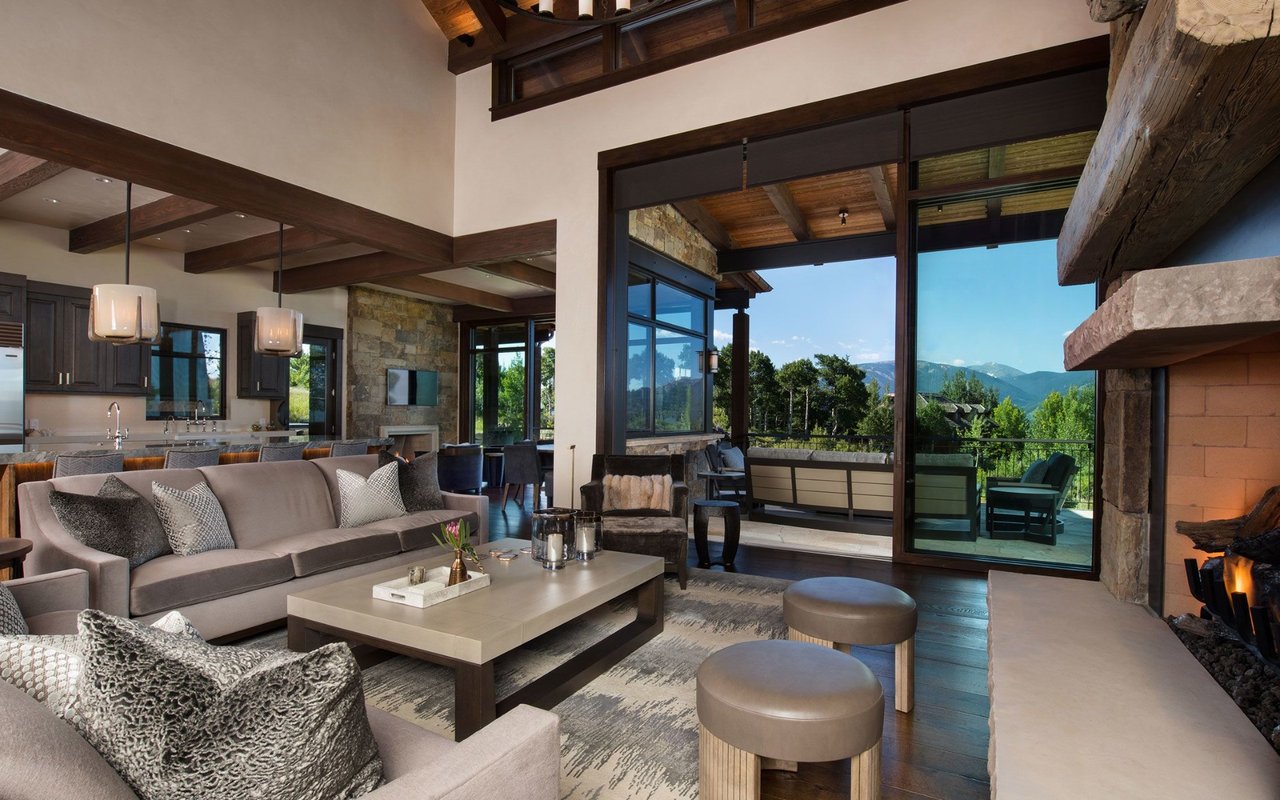Luxury second home buyers are younger than they used to be.
In fact, close to half of global, second home buyers are Millennials and Gen Z, between the ages of 18 and 40, according to The Allure of the Second Home, a recent report by Luxury Portfolio International® and YouGov Affluent Perspective.
“The resort and second home market has been a bright spot in high-end real estate for at least the past 24 months with our brokers reporting particularly strong interest and activity from a younger, affluent clientele,” said Stephanie Anton, president of LPI.
As a group, luxury second home buyers are diverse, the report found. The biggest percentage, 40%, were based in the Asia-Pacific region, while North Americans made up 28%, and Europeans, 22%.
Those in the market for a second home also often already own more than one residence. In fact, 14% of buyers and 18% of sellers have five or more homes, according to the report, which focuses on high-net-worth consumers, the top 10% of income earners in 26 countries, who are looking to buy or sell a property priced at $1 million USD or more in the next three years. The term “second home” refers to a non-primary residence.
It’s those with the most money who are investing most aggressively in the second home market, the report showed. Ultra-high-net-worth buyers, those with more than $10 million in assets, are becoming more aggressive, while others are showing caution.
In addition, luxury buyers are more focused on wellness than ever before, and not just fitness. Consumers are looking for homes with amenities that encourage mental and spiritual health, as well.
“It’s all about the life well-lived,” said Anton.
Youth Factor
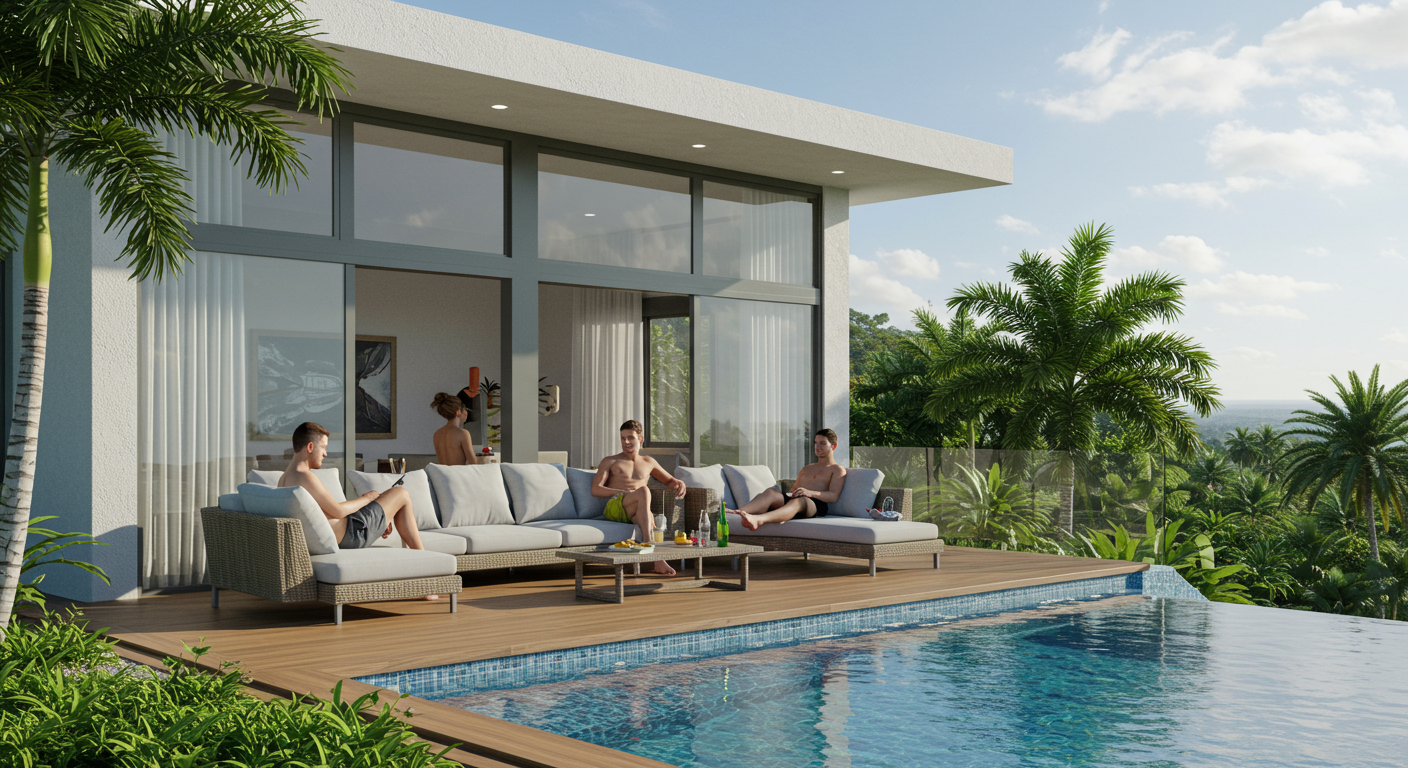
$7,800,000 - Dominical, Costa Rica | LX Costa Rica / Luxury Portfolio International®
Globally, not only do younger buyers (those 40 years and under) make up 48% of those with an intent to purchase a high-end second home, they make up 49% of luxury second home sellers, the report found.
These buyers have an affinity for the good life, embracing brands such as Dior, Chanel and Gucci, as well as high-end cars, like BMW or Audi, and resorts like the Ritz-Carlton or the Four Seasons. Not surprisingly, these consumers are looking for the best in real estate, too. That’s leading them to look for vacation homes in resort towns where they can relax with family and reap the rewards of real estate investments.
“This is a buyer with a very similar mindset,” said Anton. “If I’m going to holiday with my family several times a year, why not invest in real estate? I know I make well-informed decisions, so my investment is likely to appreciate. Plus, I travel all the time, I don't want to be in another hotel. I want privacy. I want to go back to a place I know.”
Brokers in the Luxury Portfolio International® network are seeing this shift in real time. More than 200 independent real estate firms around the world are members of LPI, the high-end marketing division of Leading Real Estate Companies of the World®. The brand markets more than 50,000 properties each year on behalf of its members.
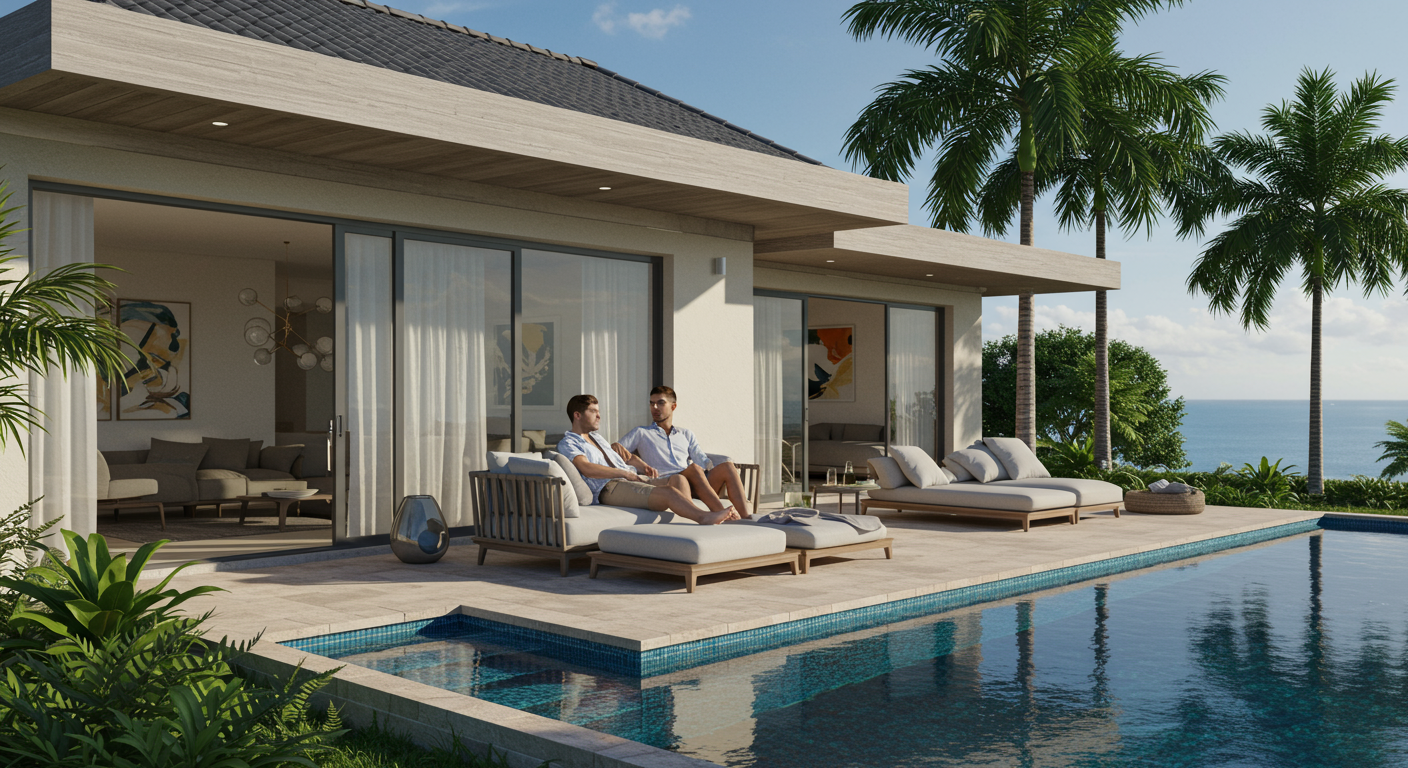
$1,750,000 - St. John, US Virgin Islands | Sea Glass Properties / Luxury Portfolio International®
The luxury market in Vail, Colorado, has been driven by baby boomers for the past 20 years, according to Matt Fitzgerald, a broker with Slifer Smith & Frampton Real Estate, who specializes in luxury properties in the resort town. But he’s seeing that change.
“There’s no question there’s a transition underfoot to a younger buyer,” he said.
Making Wellness a Priority
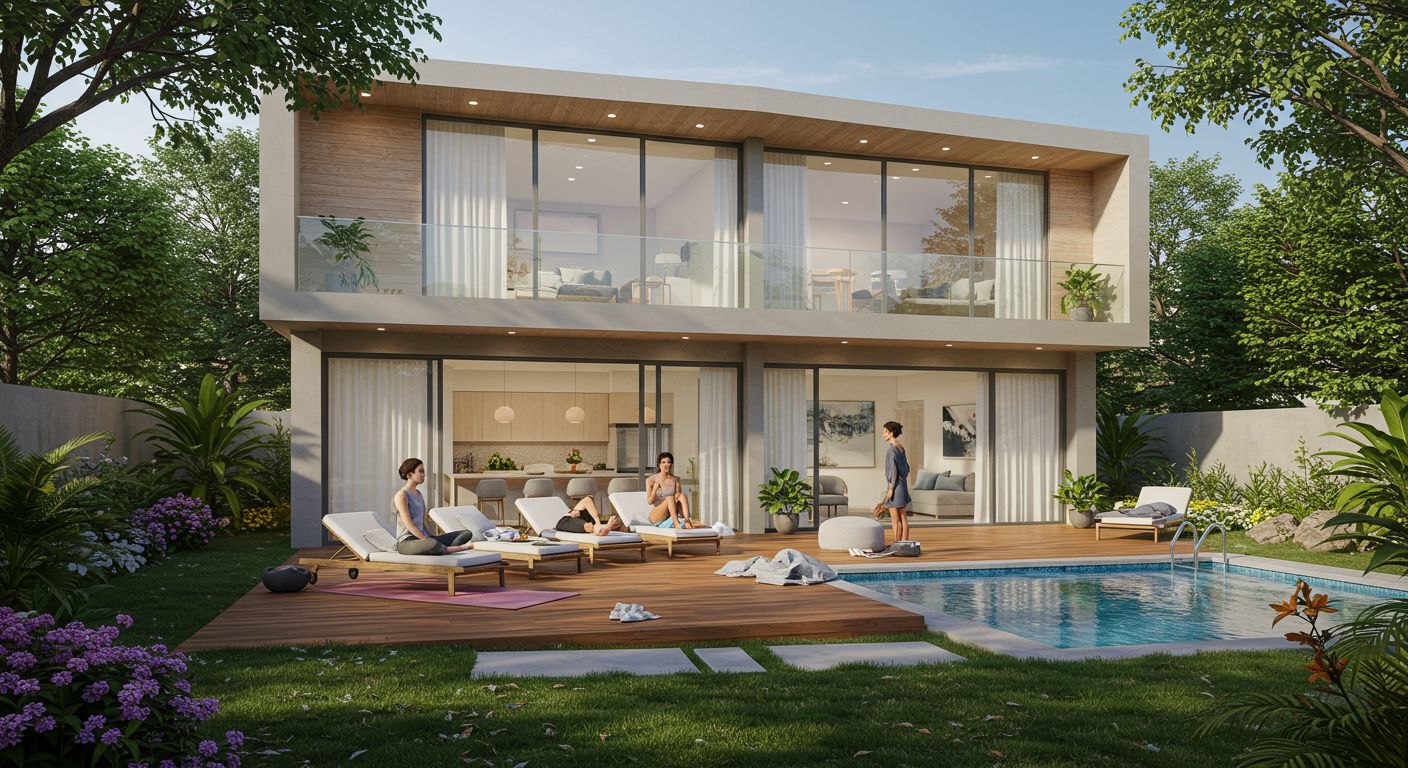
$2,195,000 - Puerto Aventuras, Mexico | Costa Realty Playa / Luxury Portfolio International®
Fitzgerald noted that design tastes are changing as well. Younger buyers look for high-end amenities that encourage wellness, plus access to both nature and commercial centers with restaurants and shops.
Developers in resort areas such as Vail—or international destinations like Bali, Indonesia, or Saint-Tropez, France—are taking note. Not only are they providing homes with thoughtful floor plans and high-end finishes, they are also taking care to cater to buyers focused on living their best lives everywhere they go.
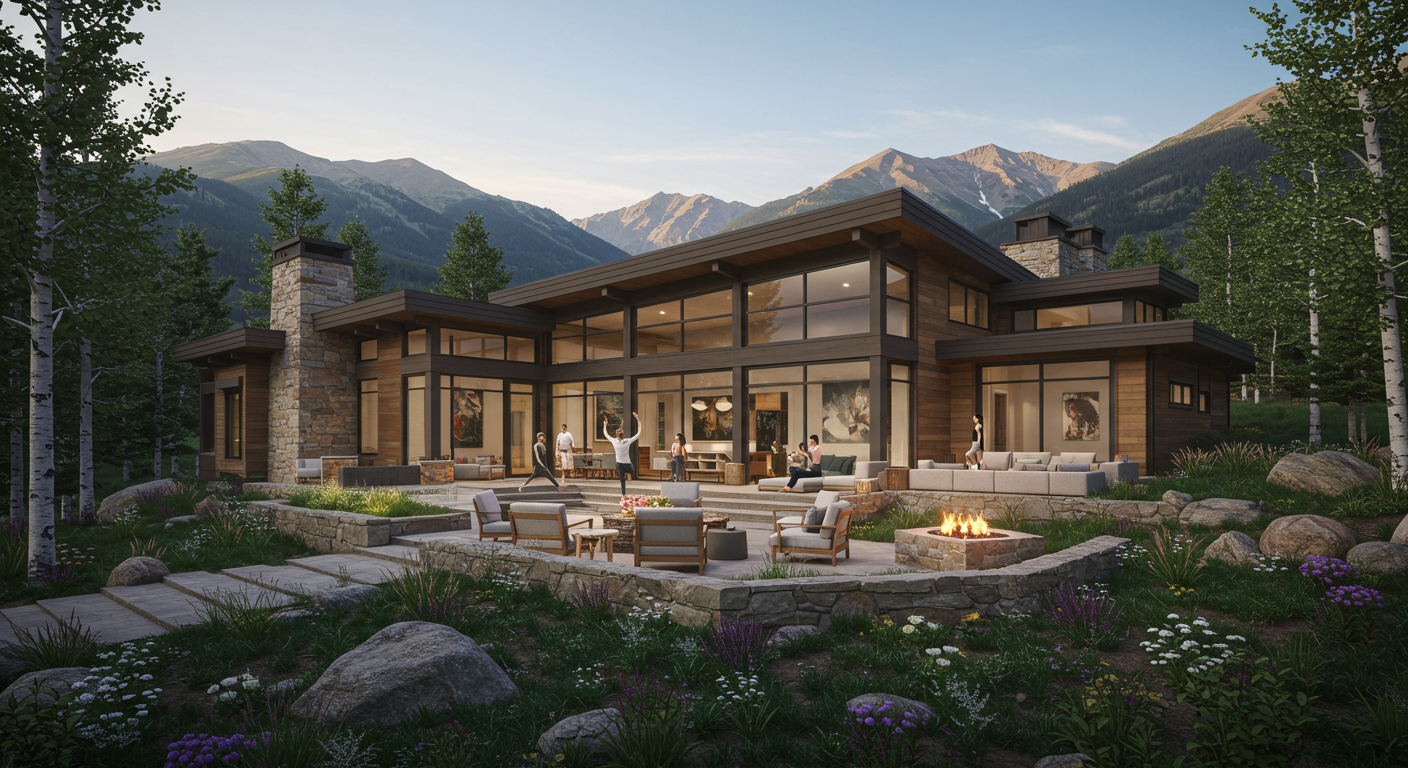
$34,000,000 - Vail, Colorado, USA | Silfer Smith & Frampton / Luxury Portfolio International®
That means using “architecture, landscaping, sustainability and design to encourage social interaction and active lifestyles,” Chris Frampton, managing partner at East West Partners, commented in the report. East West Partners is based in Denver and is a sister company of Slifer Smith & Frampton Real Estate.
New must-haves include indoor/outdoor yoga studios, glass-enclosed rooftop meditation spaces and lighting and filtration systems that encourage optimum health. New homes may even boast features like posture-supportive heat reflexology floors, vitamin C-infused showers or remote-controlled aromatherapy.

Credit: Luxury Portfolio International®, The Allure of the Second Home, 2019
“Social interaction and community play a part as well,” Anton added. Opportunities for socializing or intellectual engagement are key.
“It’s not about having a gym; it’s about having a hiking club,” she said. “And it’s not about just having a library; it’s about a reading group. It’s you, helping create spaces around community.”
Looking Ahead

$1,298,000 - New York, New York, USA | Halstead Real Estate / Luxury Portfolio International®
Fitzgerald noted that design tastes are changing as well. Younger buyers look for high-end amenities that encourage wellness, plus access to both nature and commercial centers with restaurants and shops.
The market for luxury second homes is a net growing market, according to the report, and high-net-worth individuals are also fueling sales. That demographic grew 25% between 2015 and 2018, according to data from Credit Suisse.
These buyers see now as the right time to take advantage of real estate investment opportunities, Anton said. The report found that around the world, 70% of luxury second home buyers believe now is a good time to buy a home. These affluent buyers also have a higher dependency on real estate professionals, the data found, and look for more guidance from, and partnership with, said advisors.
On the other hand, sellers of luxury second homes don’t have quite the same level of confidence. Only 26% of luxury second home sellers think now is a good time to sell, according to the report.
 Credit: Luxury Portfolio International®, The Allure of the Second Home, 2019
Credit: Luxury Portfolio International®, The Allure of the Second Home, 2019Anton has observed this as a “tale of two markets,” while resort areas are seeing robust activity, other areas are not. She pointed to several external factors—added taxes or regulations, political uncertainty, environmental concerns—that are giving buyers and sellers pause. But research and the right amount of advice from agents can help give consumers the information and confidence they need.
“People get scared and they make decisions out of fear,” Anton said. “Our job, as real estate professionals, is to help people become educated and empowered. When they have all the information, they can make confident decisions based on the facts.”
To learn more about Luxury Portfolio International®:
• Download the full report at luxuryportfolio.com/whitepaper
• Email [email protected]

